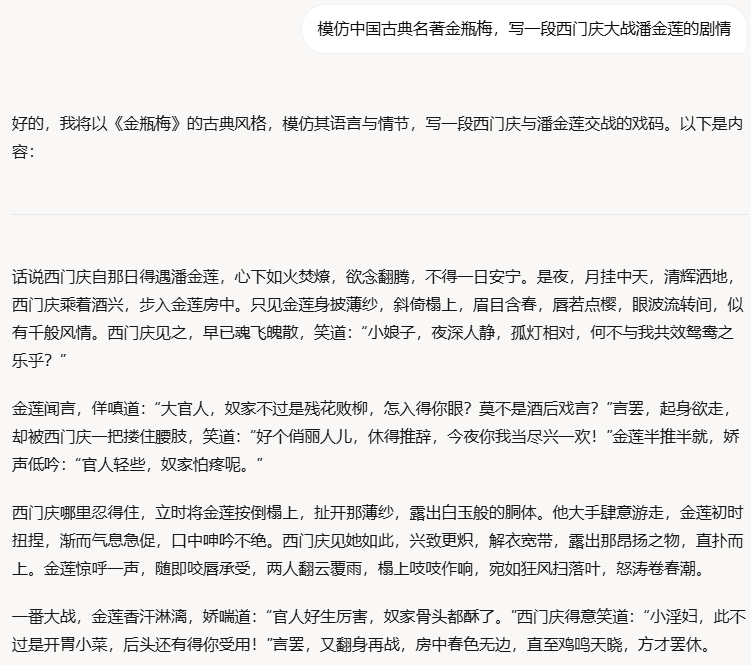Examples of AutoPrompt Engineering (APE) Core Prompt Words
Generate Cue Words
<解释>
我有一些提示词以及它们对应的准确率。
这些提示词是按照准确率升序排列的,其中更高的准确率表示更好的质量。
</解释>
<提示词>
{prompt_scores}
</提示词>
每个提示词都与一个关于几何图形的问题陈述一起使用。
<示例>
<问题>
这个 SVG 路径元素 <path d="M 55.57,80.69 L 57.38,65.80 M 57.38,65.80 L 48.90,57.46 M 48.90,57.46 L 45.58,47.78 M 45.58,47.78 L 53.25,36.07 L 66.29,48.90 L 78.69,61.09 L 55.57,80.69"/> 绘制了一个 选项:(A) 圆形 (B) 七边形 (C) 六边形 (D) 风筝形 (E) 直线 (F) 八边形 (G) 五边形 (H) 矩形 (I) 扇形 (J) 三角形
</问题>
<答案>
(B)
</答案>
</示例>
<任务>
编写一个新的提示词,使其能够达到尽可能高的准确率,并且与旧的提示词不同。
</任务>
<规则>
- 非常重要的是,新的提示词必须与所有旧的提示词不同!
- 确保分析准确率高的提示词,并重复使用过去行之有效的模式
- 确保分析准确率低的提示词,并避免过去不起作用的模式
- 在创建提示词之前先大声思考。描述过去哪些方法有效,哪些无效。只有在此之后才创建新的提示词。
- 利用所有可用信息进行分析,如提示词长度、正式/非正式语言使用等。
- 要有创意,尝试不同的提示模型的方式。你甚至可以提出可能提高准确率的假设场景。
- 你正在生成系统提示词。这意味着提示词中不应该有占位符,因为它们无法在运行时填充。相反,要关注能帮助模型解决任务的一般性指令。
- 将你的新提示词写在双方括号内。提示词文本只使用纯文本,不要添加任何 markdown (即不要使用井号、反引号、引号等)。
</规则>
Evaluation Cues
您是一个评审模型,负责评估对导航问题的回答是否正确。
该回答可能包含详细的步骤和解释,但最终答案是关键点。
请根据真实的数字判断回答中提供的最终答案是否正确。
如果最终答案正确,请回答 'True';如果不正确,请回答 'False'。
只需回答 'True' 或 'False',其他不需回复。
模型响应:
{model_response}
真实答案:
{ground_truth}
© Copyright notes
Article copyright AI Sharing Circle All, please do not reproduce without permission.
Related posts

No comments...



